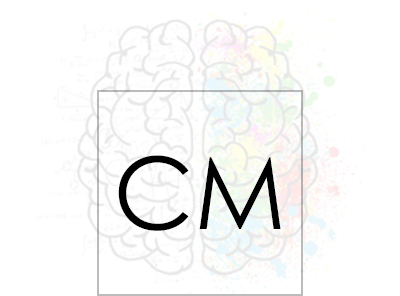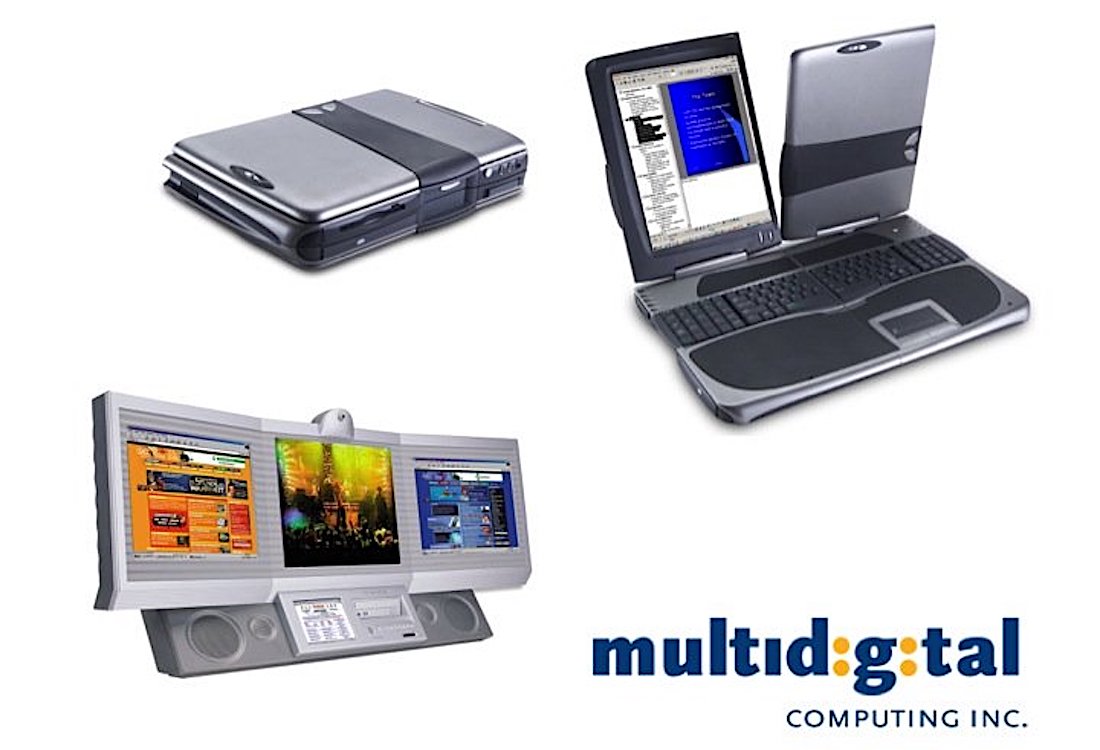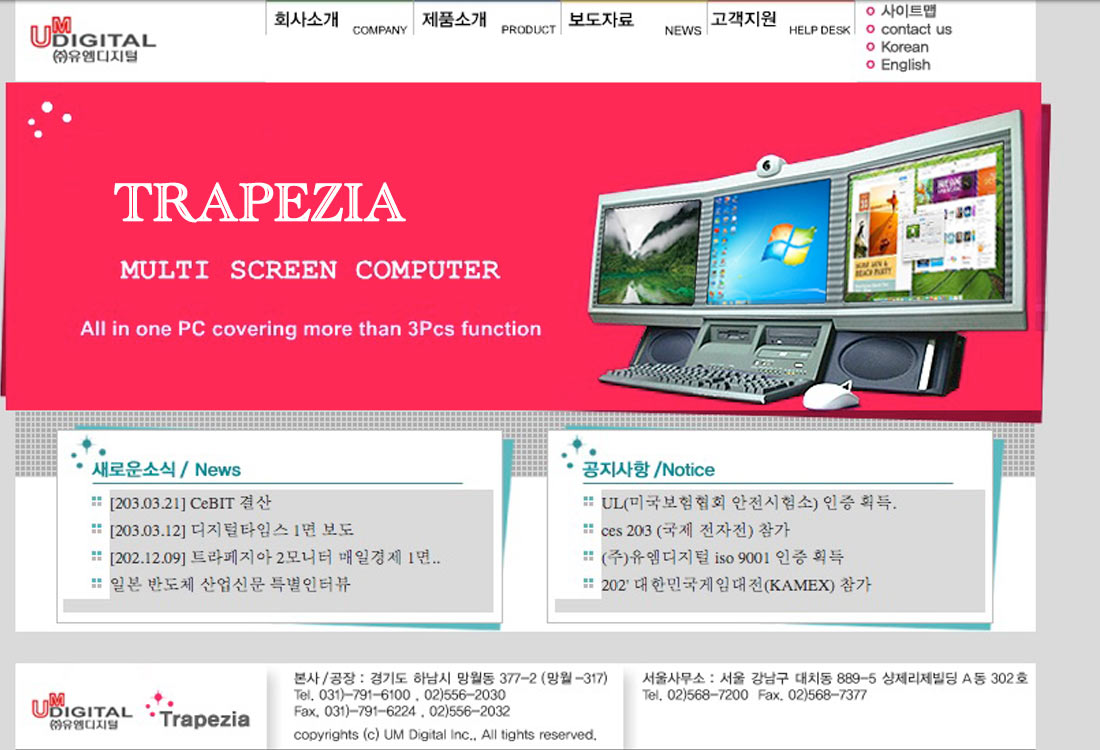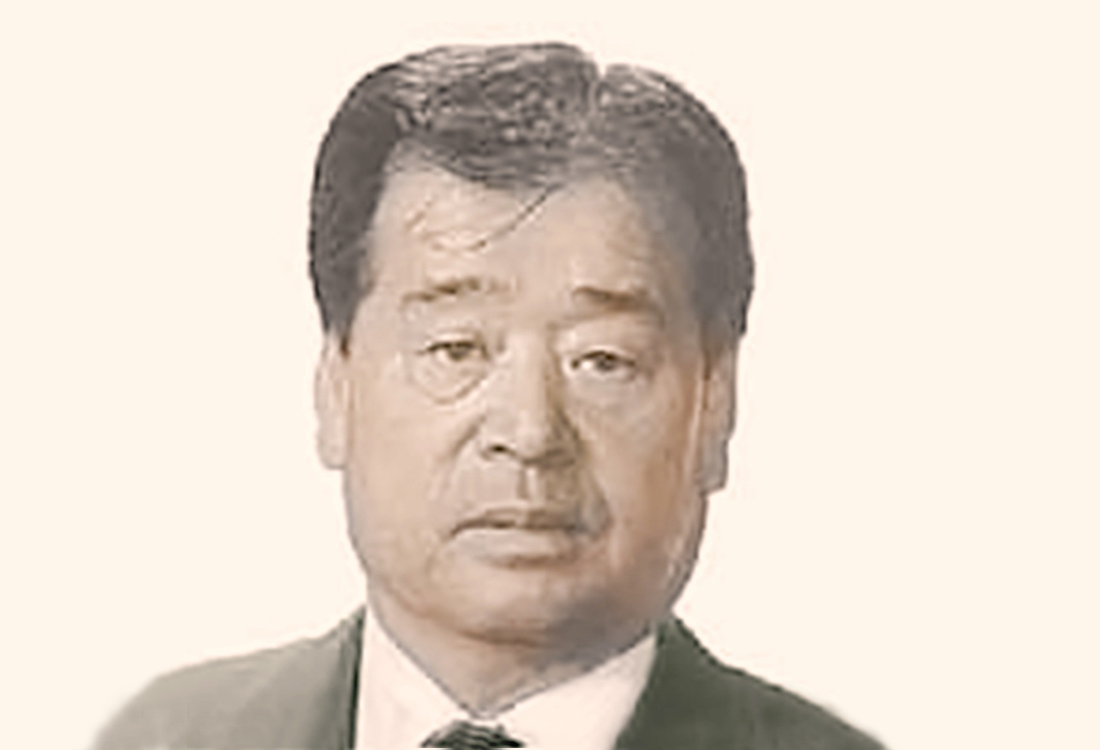Dr. Wan Hee Kim, brought me into the company to run the Technology Assessment Corp Int’l. Dr. Kim was known as the father of the Korean electronics industry and a recipient of the U.S. Bronze Star Medal.
I worked directly with Dr. Wan Hee Kim to manage TACI and worked on special projects of technology transfer between the United States and Korean; including bringing the first quad-folding laptop and multi-screen single unit computer.
Dr. Kim was also the first Korean and youngest person (in 1963) to be granted tenure as a full professor at Columbia University. Dr. Kim laid the foundation for, and was the key figure in the development and promotion of, the Korean electronics industry, from its infancy to a world leader.
His academic achievements include authoring numerous scientific articles in leading publications and two graduate level text books. His honors include John Simon Guggenheim and National Science Foundation fellowship. At the request of President Park Chung Hee, Dr. Kim left a tenured professorship at Columbia to assist the Korean government in the development of the electronics industry. Dr. Kim authored the fundamental national policies for the Korean government and economy relating to the development of the electronics industry. He is responsible for establishing the Korean R&D Institute and the Electronic Times publication. Due to their historical significance, many of his letters from President Park were donated by Dr. Kim to the Presidential Archives. In addition to the Chairmanship of the Electronic Industries Association of Korea and Korea Electronics Industries Cooperative, Dr. Kim has held numerous prominent positions relating to the electronics industry in Korea and in Asia, including Chairman of the Korean National Institute of Electronic Technology and President of the Asian Electronic Union formed by 14 Pacific Rim countries. He is a recipient of the U.S.-Asia Institute Achievement Medal awarded to outstanding individuals of Asian background who have made a significant contribution to the U.S.-Asia relationship.
Courtesy New York Times




